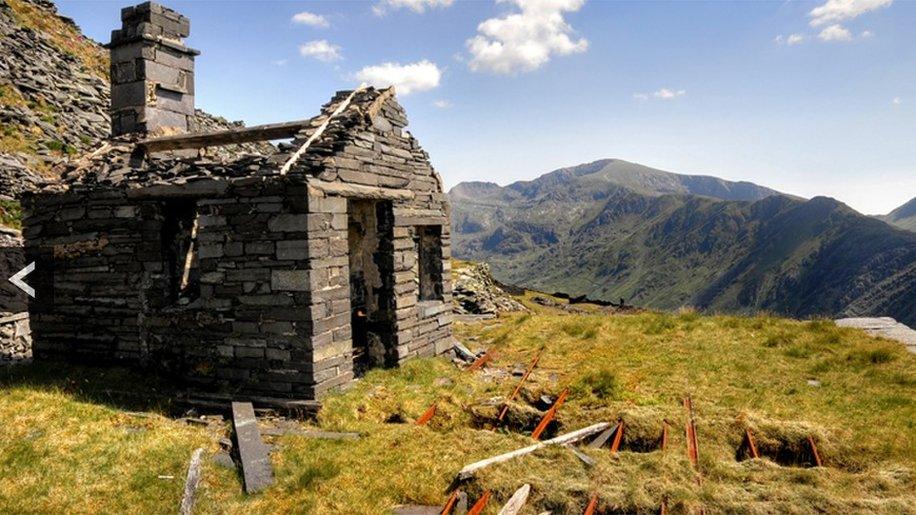Boris Johnson backs Gwynedd slate landscape Unesco bid
- Published
The area that "roofed the 19th Century world"
The slate landscape around Gwynedd has been formally submitted as a nominee for Unesco World Heritage site status.
Prime Minister Boris Johnson said it was "an area of remarkable uniqueness and breathtaking beauty".
UK Heritage Minister Helen Whately made the announcement on Friday and it is anticipated a decision will be taken next year.
The area is said to have "roofed the 19th Century world" as slate from its quarries was exported around the globe.
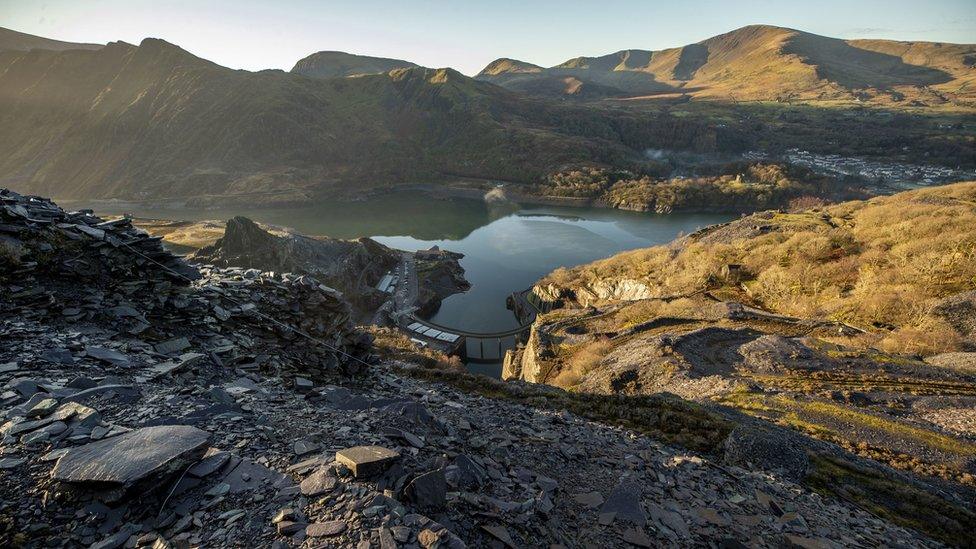
The landscape could become the UK's 33rd Unesco World Heritage site
"This distinctive corner of our country is already on the map, having sent its slate across Britain, Europe and even Australia, and a Unesco accolade would only propel it further," Mr Johnson said.
If accepted, the landscape, which runs throughout the county of Gwynedd, will become the UK's 33rd Unesco World Heritage site, and the fourth in Wales.
The others in Wales are:
Blaenavon industrial landscape in Torfaen
The castles and town walls of Edward I castles at Caernarfon and Harlech in Gwynedd, Beaumaris on Anglesey, and Conwy
The Pontcysyllte aqueduct spanning the River Dee in Wrexham county
The Grand Canyon, the Great Wall of China and Machu Picchu are also Unesco World Heritage sites.
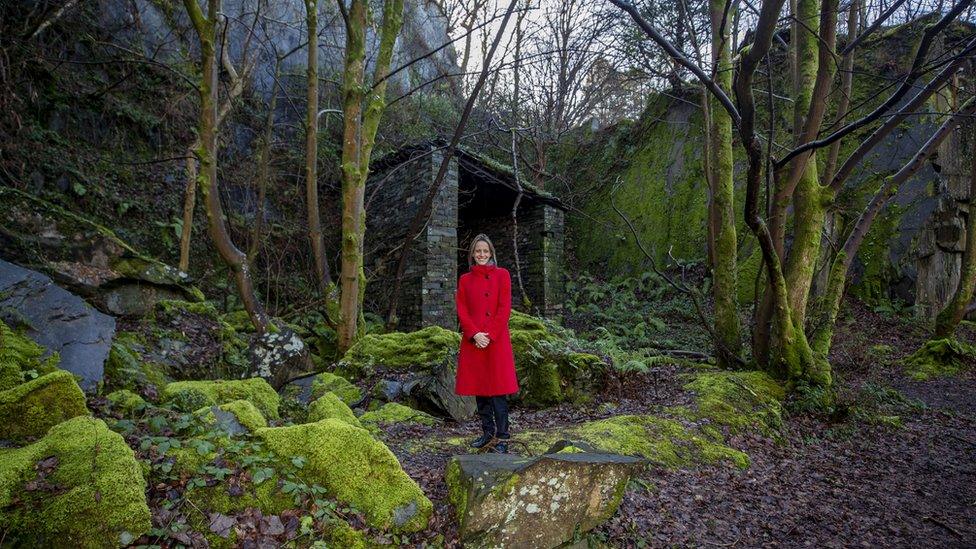
UK Heritage Minister Helen Whately made the announcement on Friday
Ms Whately said the "incredible" slate landscape is "hugely significant to north-west Wales and its industrial heritage".
"This nomination is an excellent way to recognise the importance of Wales' slate mining heritage and will bring benefits not only to Gwynedd but the whole of north Wales by attracting visitors, boosting investment and creating jobs," she added.
The site will now be appraised by the International Council on Monuments and Sites over the next year before being considered for inscription at the World Heritage Committee meeting in 2021.

Why is slate so significant?

Dinorwig slate quarry in Snowdonia provided a dramatic back-drop for the volcano scenes in the film Clash of the Titans
Slate's incredible strength-to-weight ratio has been realised since Roman times, with the fort at Segontium, Caernarfon,, external roofed in the metamorphic rock from 77AD.
The Cilgwyn quarry in the Nantlle Valley is thought to date from the 12th Century and the earliest records at Penrhyn in Bethesda coming in 1413.
At its peak, slate accounted for half of north Wales' income - and it even rivalled the scale of coal mining in the south.
Though as soon as it had arrived, the good times were about to peter out.
A slump in global prices drove down quarrymen's wages, leading to a series of bitter strikes and lock-outs.
The Penrhyn Quarry lock-out from 1900 to 1903 was the longest ever industrial dispute at the time.

Lord Elis-Thomas, the Welsh Government's deputy minister for culture, sport and tourism, said the nomination "provides further recognition of this outstanding landscape".
Councillor Gareth Thomas, Gwynedd council's cabinet member for economic development, said the bid "will also open the door for economic regeneration across the area".
He said this included "the existing quarrying industry, traditional and craft skills along with looking to create sustainable tourism and high value job opportunities in Gwynedd".
- Published27 October 2019

- Published29 October 2018
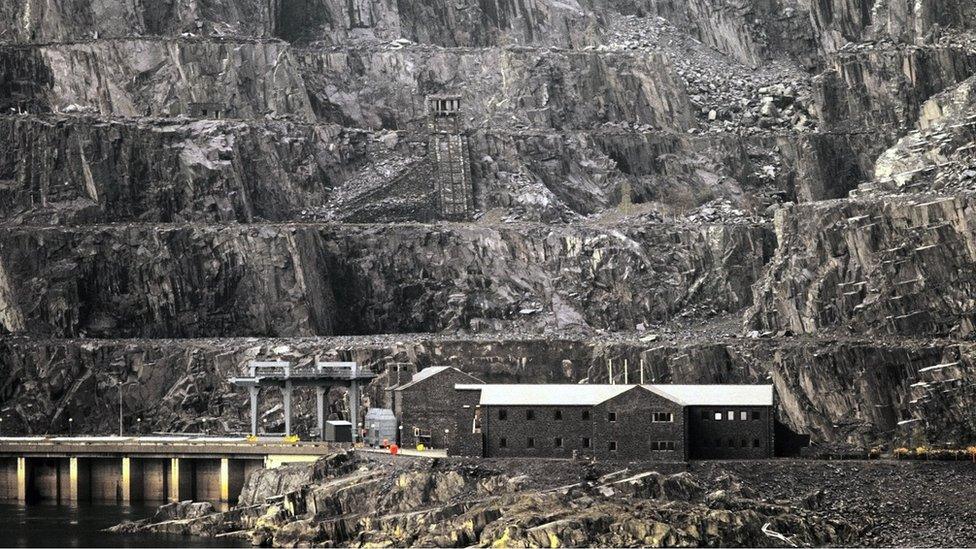
- Published23 October 2018
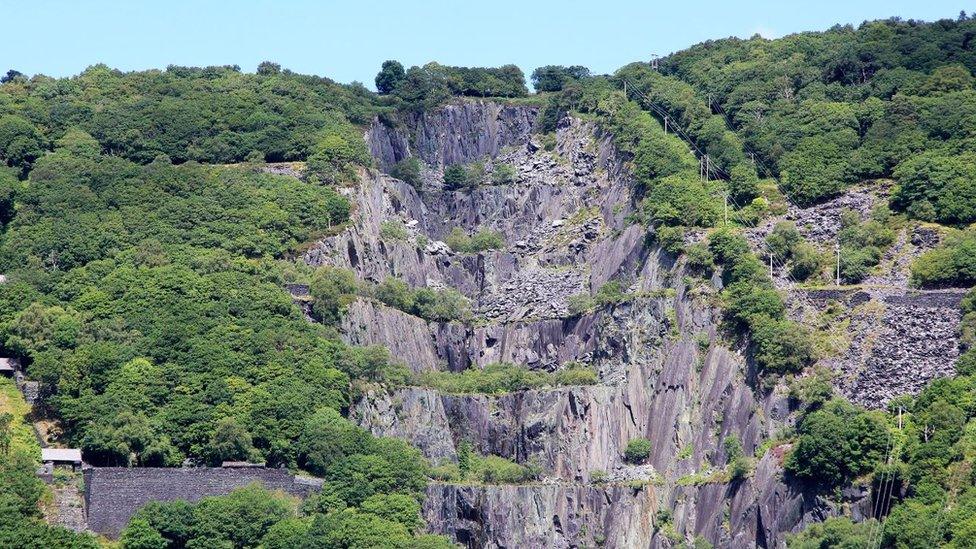
- Published30 June 2018

- Published24 August 2018
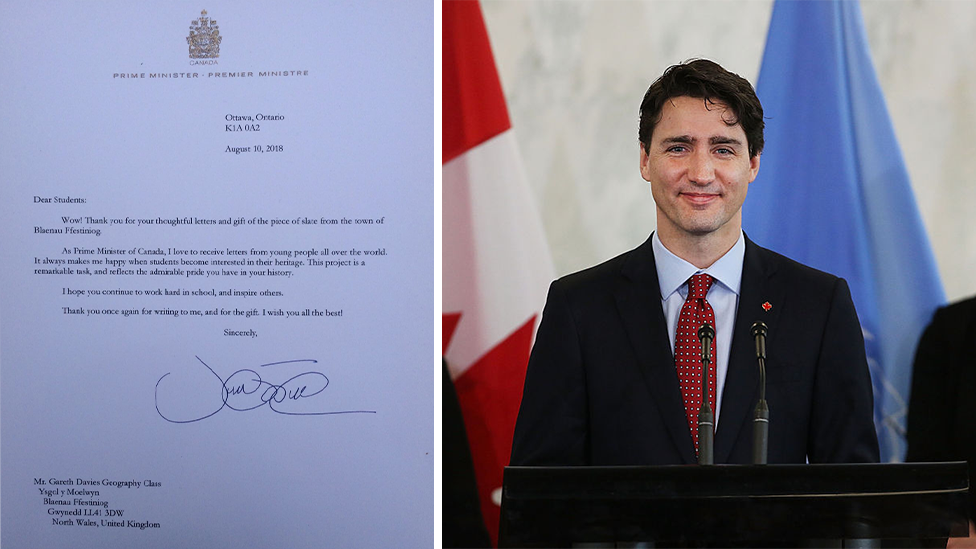
- Published10 November 2017
